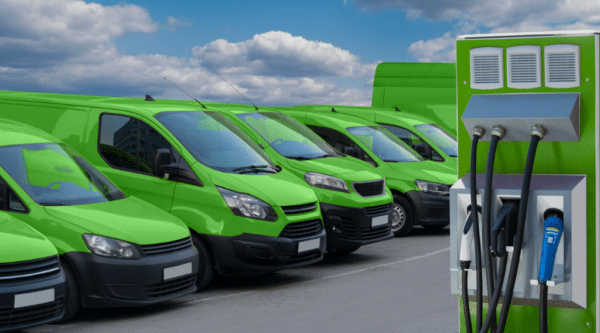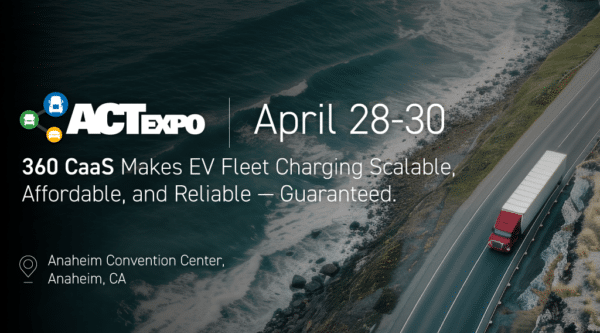Are Electric Vehicles (EVs) Right for Your Fleet Today?
The electrification of fleets is a topic on every fleet operator’s mind. A common misconception holds many back: the belief that their routes exceed the average EV range of most models today. But what truly is the average route length?
Recent findings from the 2023 National Private Truck Council (NPTC) Benchmarking Survey Report might surprise many. The survey discovered:
“After declining for four of the last five years, the average length of haul for these outbound moves drops even further — to 178 miles, the lowest level reported in the history of the survey. The trend over the past six years has been a steady downturn in the length of haul (setting aside the COVID-related spike that occurred in 2021).”

Echoing this sentiment, the North American Council on Freight Efficiency (NACFE) asserts that “Short and medium regional heavy-duty tractors are primed for electrification today, boasting a range of about 200 miles.”
Further supporting this is the 2022 Run on Less Campaign. After studying 13 different fleets and their vehicle OEM partners, the campaign concluded that medium-duty box trucks are an ideal fit for electrification due to their shorter distances and return-to-base operations.
So, if your routes are primarily between 100-200 miles, they align perfectly with the current EV range — a compelling point of initiation.
Consider These Factors Affecting the Average EV Range:
- Battery Capacity: View the manufacturer’s specified range as a baseline for your evaluation.
- Payload Impact: The weight of your cargo, be it bread or linens, profoundly affects the EV range.
- Environmental Conditions: Factors such as ambient temperature, HVAC usage, and vehicle amenities (like heated seats) play a role in battery consumption.
- Terrain Challenges: Climbing elevations drain batteries faster, while descents with regenerative braking can boost your range. This can influence which routes to prioritize for electrification.
- Frequent Stops: Contrary to regenerative braking, stopping and restarting the vehicle can drain more energy.
- Speed Limitations: Higher speeds sap the battery quicker. If highways dominate your routes, maintaining speeds below 65 MPH can maximize range.
- Driver Acclimatization: Transitioning drivers from Internal Combustion Engines (ICE) to EVs is a pivotal step. Implementing a training program not only enhances average EV range but can also boost driver morale.
Today’s EV models suit the majority of private trucking carriers. While technology will undoubtedly advance and longer-range EVs will emerge, don’t let the potential of tomorrow or the outliers of today impede your decision to start the electrification journey.
Early adoption of EVs offers a unique learning curve, shaping your electrification roadmap. If you operate routes under 200 miles and use a hub-and-spoke model (return to base), the time to embark on electrification is now. Need assistance designing a cost-efficient charging strategy for your electric fleet? Electrada is here to guide you.



